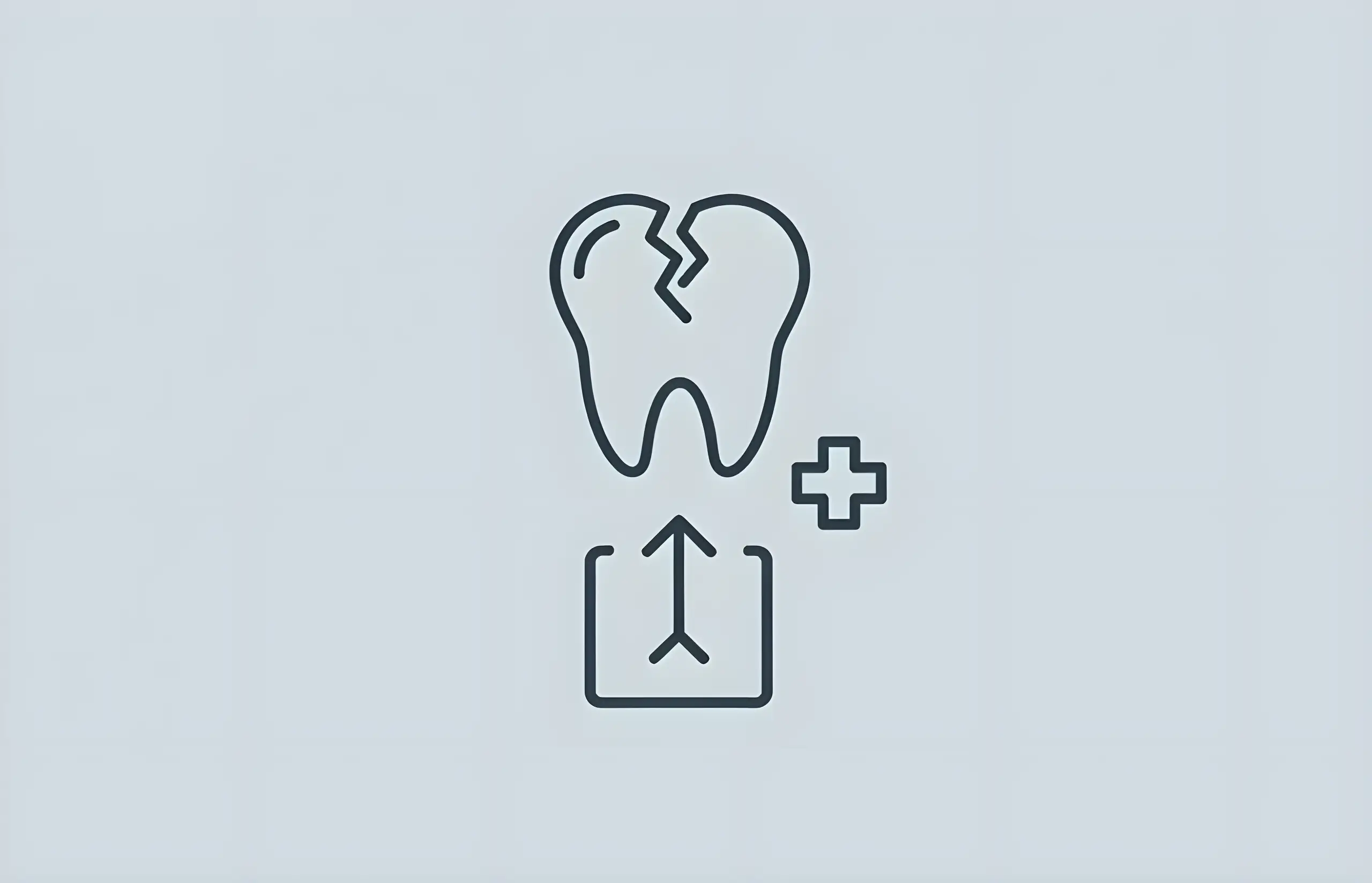There is no such thing as a pleasant broken tooth. Whether it's an incisor, a canine, or a molar, a fractured tooth will likely be very painful and will definitely require intervention to prevent more significant long-term damage.
But the worst kind of tooth damage is likely a broken molar. Molars are the teeth you use to do all of your chewing. And since they're further back in your mouth, if there aren't obvious symptoms, it can be difficult to notice the break visually. That can lead to significant issues, as a broken molar left untreated can result in infections, abscesses, or even potentially the loss of the tooth.
If you're concerned about a broken molar, follow along, and we'll explain why molars break, the symptoms you might experience, and the action you need to take.
Are Molars More Likely to be Damaged?
Molars are particularly vulnerable to cracks and breaks since they do the vast majority of chewing. That means they absorb most of the force when you bite into something solid. Biting into hard candy, ice, or even unexpectedly biting into a seed from fruit can cause your molar to crack.
Broken molars can range from a small chip in your enamel, to a crack, to a fully broken tooth, which exposes a nerve and can cause significant pain.
Chips and cracks can range in seriousness, but you should still seek dental intervention as soon as possible for any such issues.
Symptoms
Symptoms of a broken back tooth can vary dramatically, depending on the type of damage and the length of time it's left untreated. A chipped molar could feature mostly cosmetic damage, with little to no noticeable symptoms.
But enamel – the hardest natural substance in the body – protects your teeth from damage and decay. So even if you don't notice pain or discomfort, be sure to get chipped enamel treated.
A cracked molar that goes past the enamel can cause more damage. Those cracks will continue to spread the longer you wait to address them, and in time can cause infections and abscesses. If the infection reaches the root, you might lose the tooth.
Meanwhile, a fully broken tooth will likely be the most noticeable and the most painful. If the tooth is broken in a way that exposes a nerve, severe pain will radiate from that spot. You may even notice some bleeding from the tooth.
Treatment
Treatment, likewise, will vary based on the type and severity of the injury. It could be as simple as cosmetic contouring. If your enamel is chipped, your dentist could smooth out the rough edges and ensure your entire molar is sufficiently covered in enamel.
For a deeper crack, you might need a filling. Your dentist will mould and bind dental material into the gap in your tooth, to prevent further deterioration and restore your chewing surface.
A broken tooth will require a more dramatic intervention. In the best-case scenario, you may only need a crown. In more extreme circumstances, though, if damage has spread to the root, you may need to have the tooth extracted, and possibly replaced with an implant later.
The best thing you can do in any circumstance, though, is to go to your dentist and have a consultation as early as possible.
Sources and References
-
[1]
Cracked Teeth: A Review of the LiteratureJournal of Endodonticshttps://pmc.ncbi.nlm.nih.gov/articles/PMC3870147/
-
[2]
Review of Cracked Tooth Syndrome: Etiology, Diagnosis, Management, and PreventionFrontiers in Medicinehttps://pmc.ncbi.nlm.nih.gov/articles/PMC8694987/
-
[3]
Treatment outcomes after uncomplicated and complicated crown fractures in permanent teethDental Traumatologyhttps://pmc.ncbi.nlm.nih.gov/articles/PMC7785561/
- [4]
-
[5]
Occlusal forces during chewing and swallowing as measured by sound transmissionJournal of Prosthetic Dentistryhttps://pubmed.ncbi.nlm.nih.gov/6946215/
All sources accessed and verified on . Medical information reviewed for accuracy and compliance with current guidelines.
Related Articles
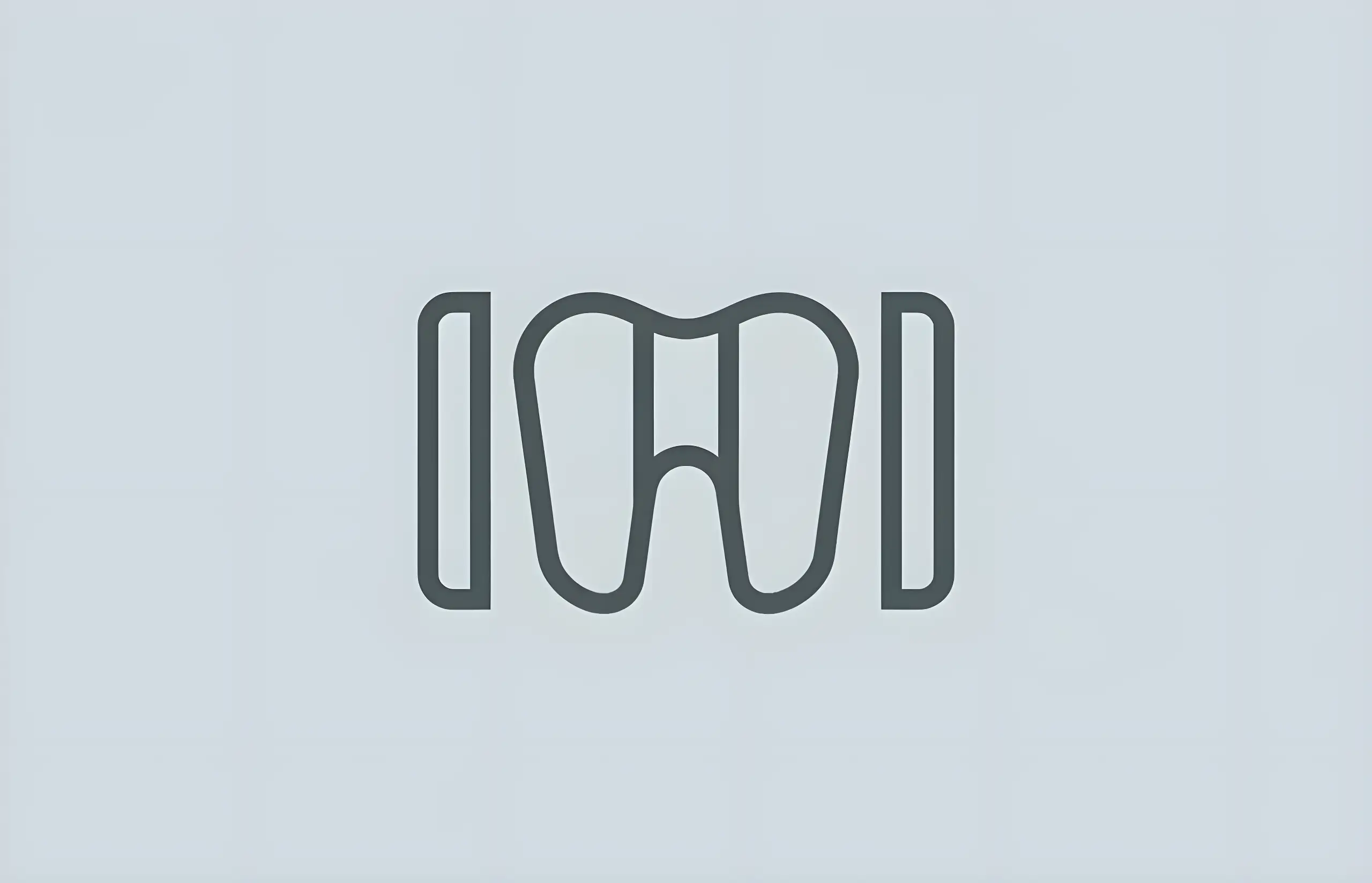
Diastema: How To Fix Gaps In Teeth
Comprehensive guide to diastema causes, types (midline and mandibular), prevalence in children (41.75%), treatment options including braces, veneers, composite bonding, frenectomy, and clinical outcomes
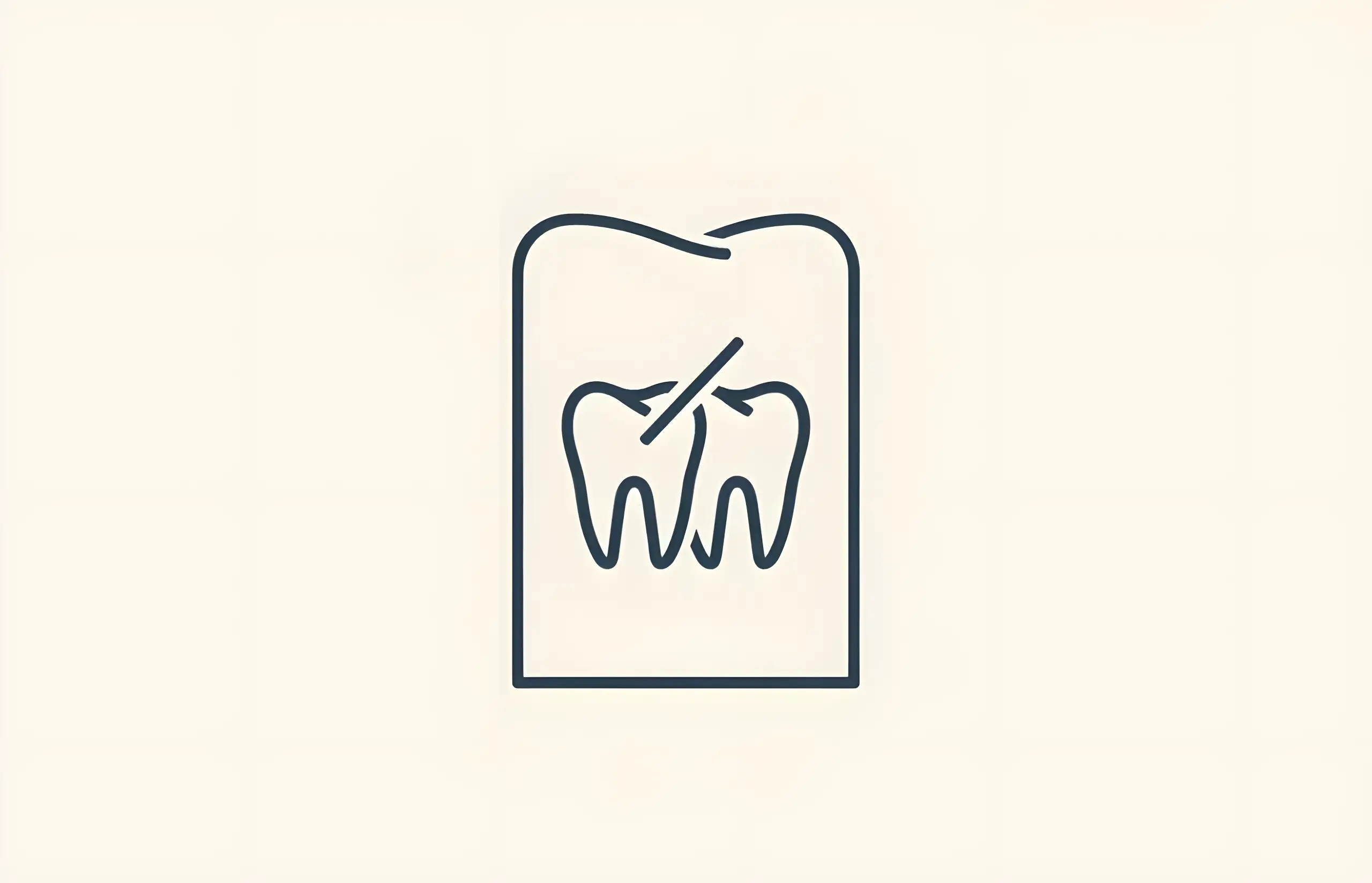
How to Fix a Crooked Tooth
Comprehensive guide to fixing a single crooked tooth, including treatment options, costs, and reasons to seek correction
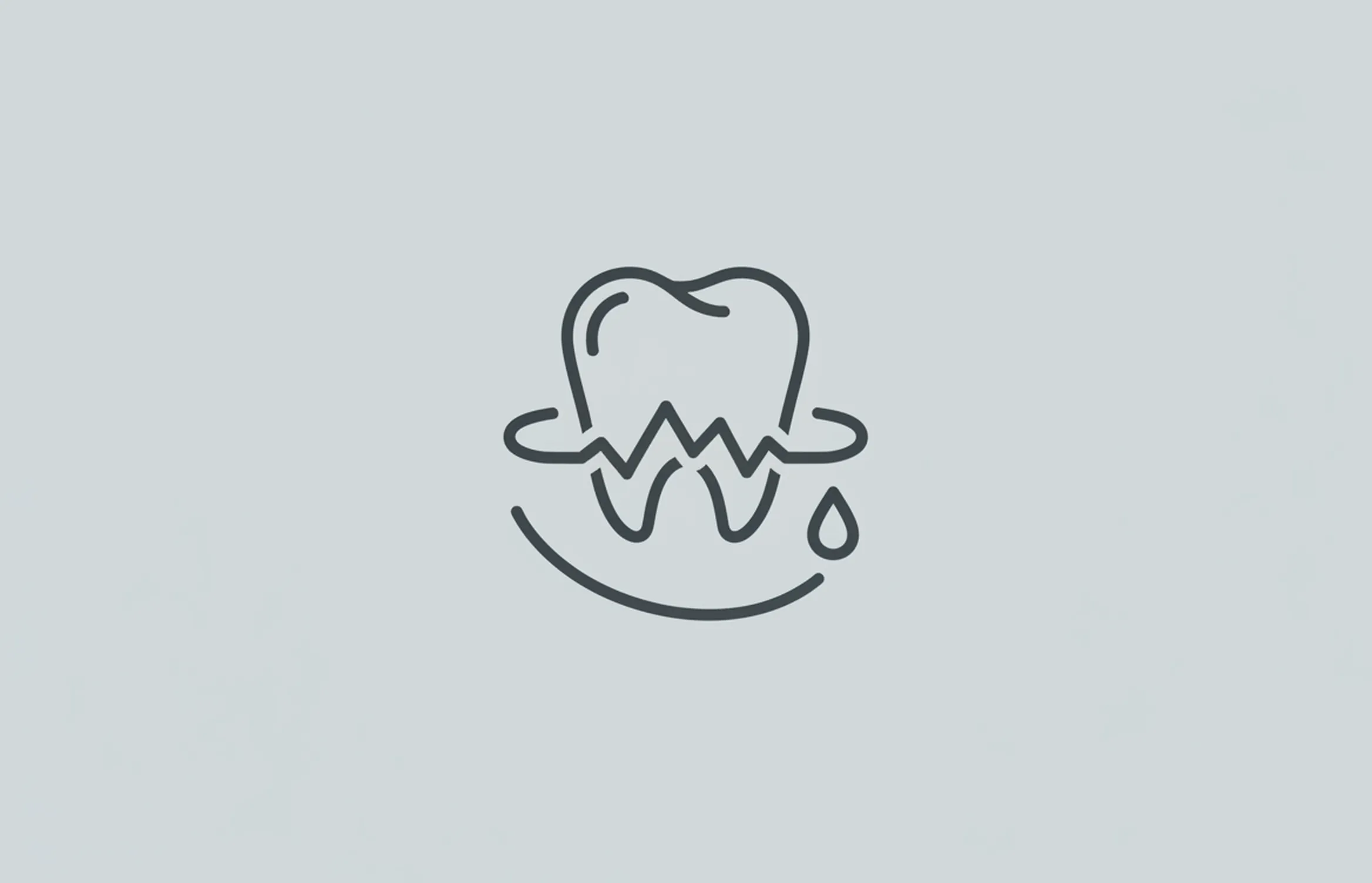
How To Treat Gingivitis
Learn effective treatments for gingivitis including home care strategies, proper oral hygiene techniques, and prevention methods to restore gum health

What is the Cost to Repair Chipped, Cracked, or Broken Teeth?
Comprehensive guide to tooth damage repair costs in the UK: NHS Band 1 (£22.70) for minor chips, Band 2 (£62.10) for fillings/root canals, Band 3 (£269.30) for crowns/veneers, with treatment success rates and prevention strategies
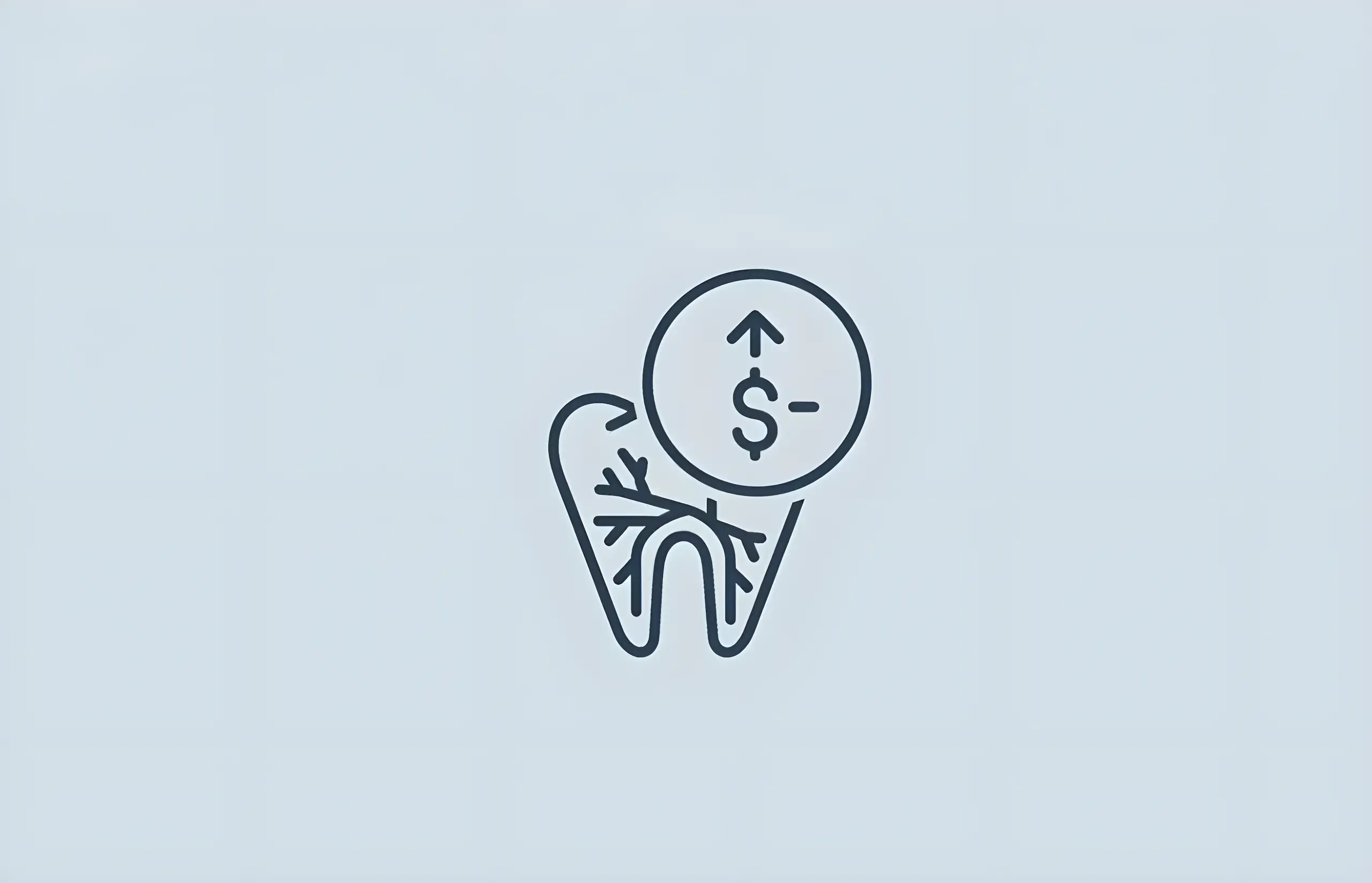
Root Canal Treatment – Costs and Information
Comprehensive guide to root canal treatment including what it is, the procedure, costs in the UK (NHS and private), and who needs endodontic therapy

How Much Does Teeth Cleaning Cost?
Comprehensive guide to teeth cleaning costs in the UK, NHS pricing bands, scale and polish procedures, dental hygiene benefits, and professional teeth cleaning information

How Much Does A Tooth Extraction Cost?
Understanding the costs, procedures, and benefits of tooth extraction in the UK
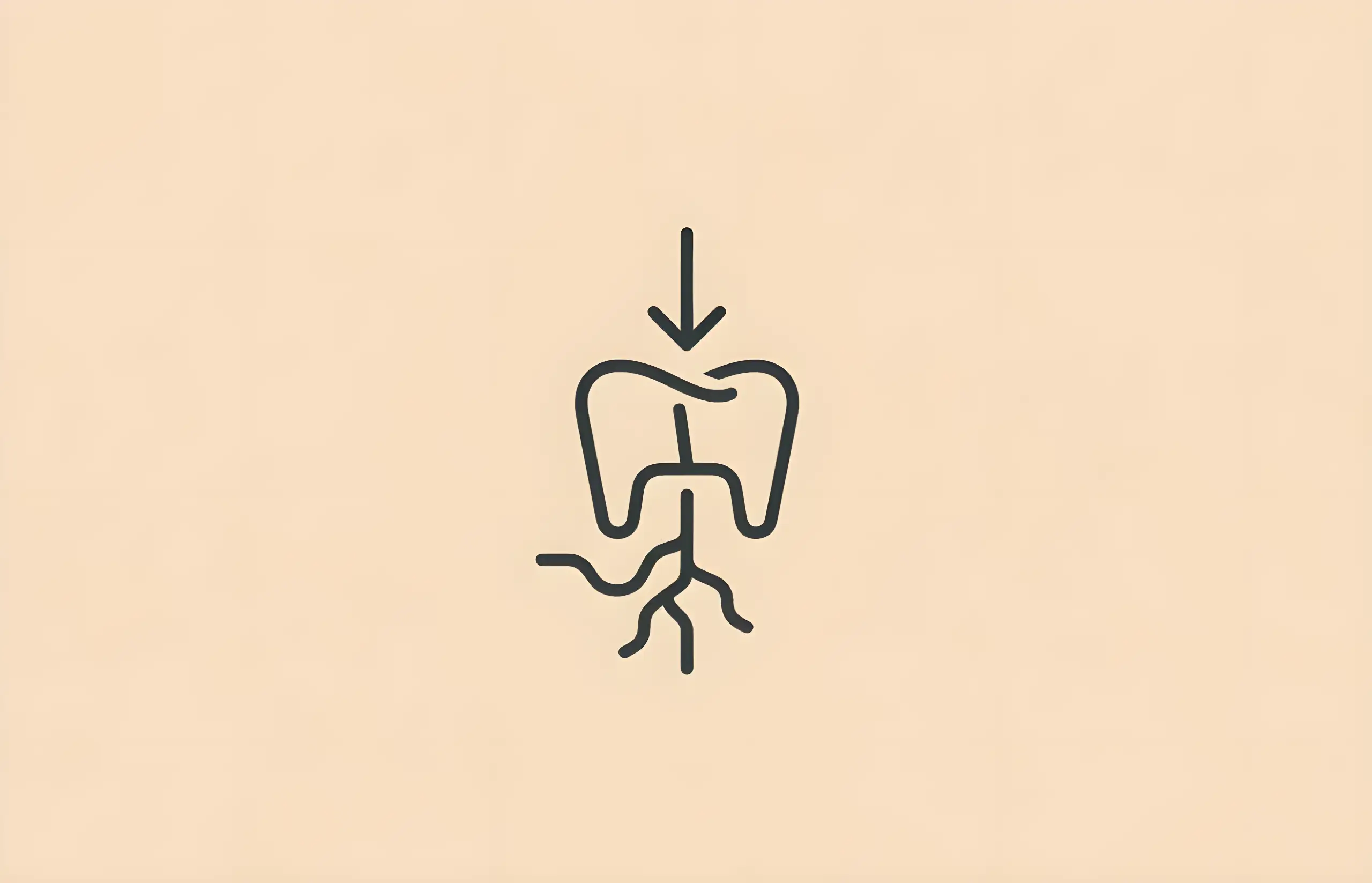
What Causes Teeth to Shift in Adults?
Understanding age-related tooth movement, poor habits, and treatment options to maintain dental alignment in adulthood

What Causes Crooked Teeth?
Understanding the genetic, environmental, and developmental factors that lead to misaligned teeth and available treatment options

What is a Crossbite?
Learn about crossbite malocclusion including types (anterior and posterior), hereditary causes, childhood factors like thumb-sucking, treatment options, and potential complications
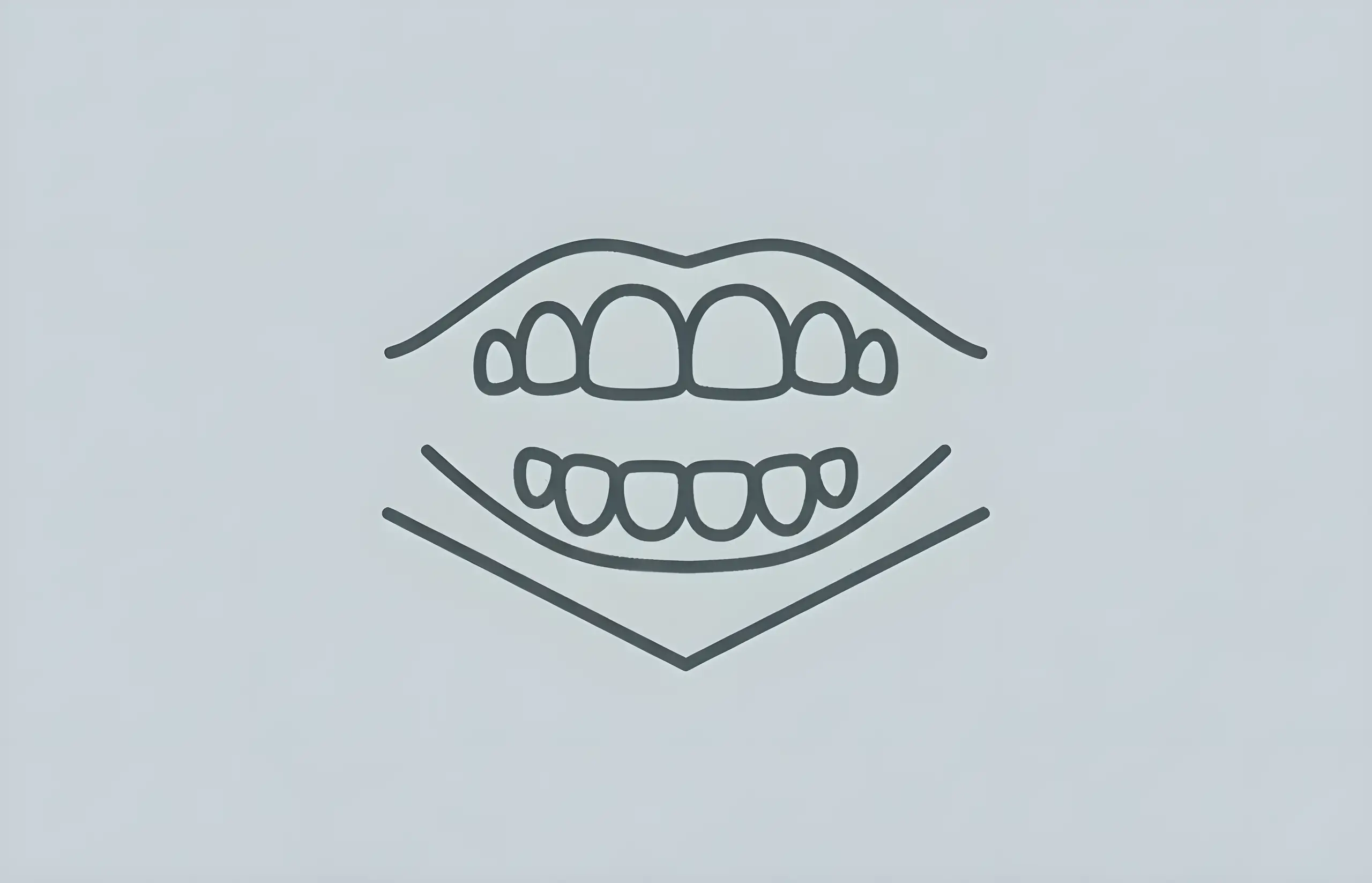
What Is An Open Bite?
Understanding anterior and posterior open bite malocclusion including causes, treatment options from braces to surgery, and functional impacts on speech and eating
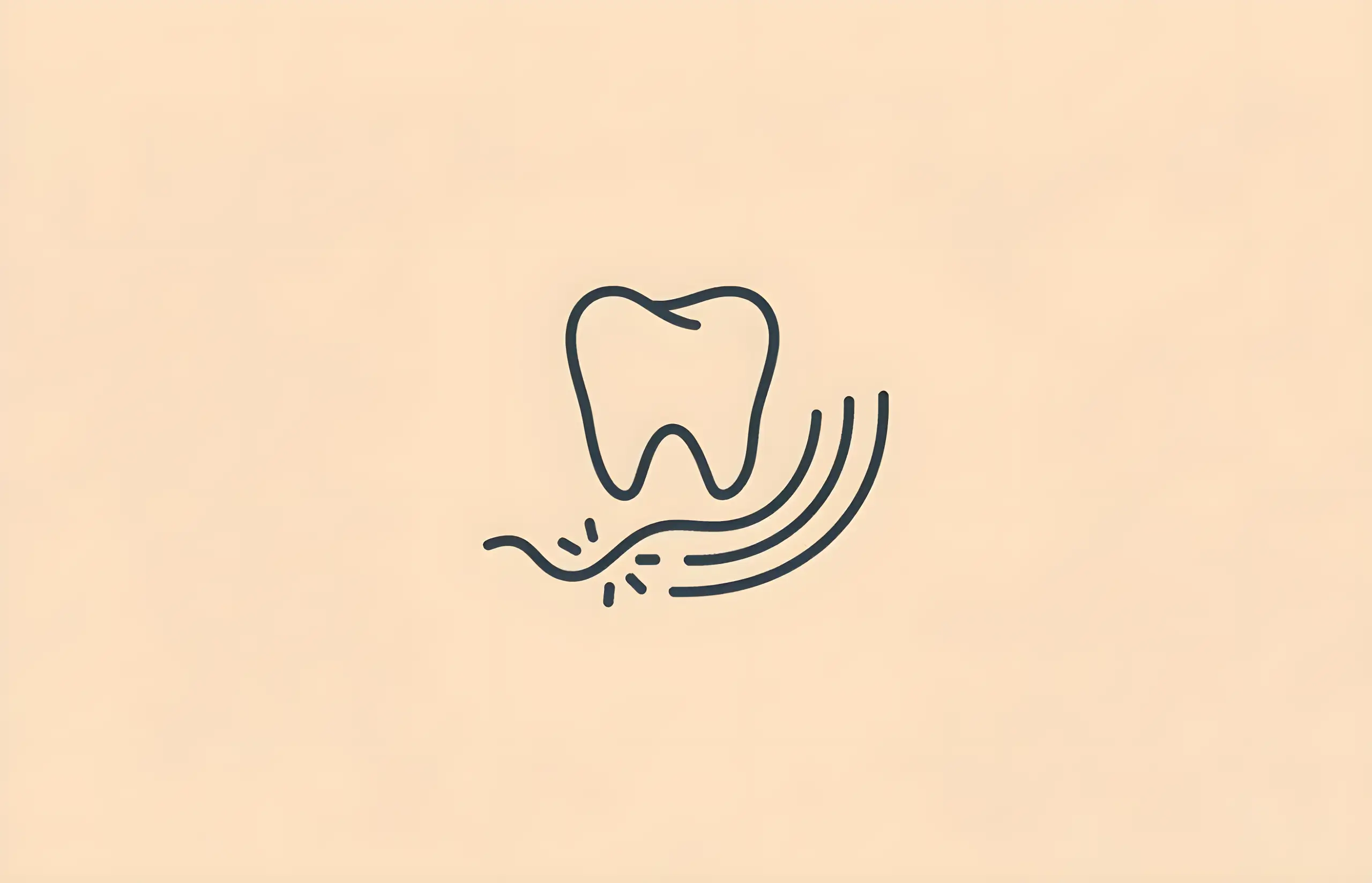
What Is Gingivitis?
Comprehensive guide to gingivitis, a common gum disease affecting 50-90% of adults, including causes, symptoms (bleeding, swelling, bad breath), treatment with scaling, and prevention through proper oral hygiene
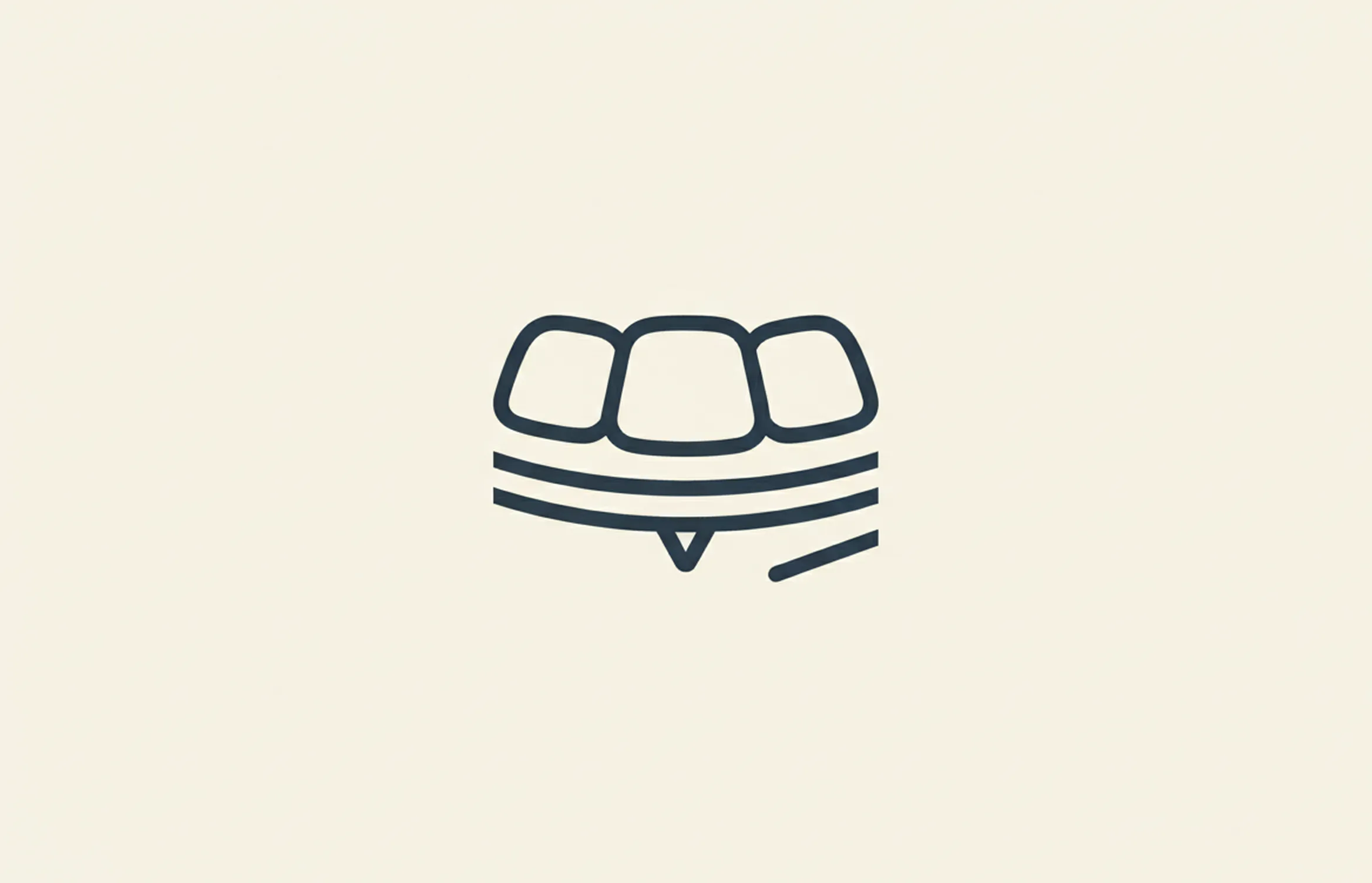
What Is Teeth Contouring?
Understanding dental contouring (enameloplasty) - a quick cosmetic procedure to reshape teeth by removing enamel for a straighter, more polished smile
About The Dental Guide
The Dental Guide is a trusted online resource providing evidence-based information about dental health, treatments, and procedures. Our content is created and reviewed by qualified dental professionals to help you make informed decisions about your oral health.
Our Mission
- Evidence-based dental information
- Expert-reviewed content
- Clear, accessible explanations
- Latest treatment options
- Patient-focused guidance
Editorial Standards
- GDC-registered dental professionals
- Peer-reviewed sources
- Regular content updates
- Medical accuracy verification
- Transparent authorship
Important Notice
The information on The Dental Guide is for educational purposes only and should not replace professional dental advice. Always consult with a qualified dentist for diagnosis and treatment recommendations tailored to your individual needs and circumstances.
Medically Reviewed
Reviewed by Dr. Nasim Mechoui , BDS (Bristol)
Share this article
Comments & Discussion
Have questions about dental implants? Share your thoughts or experiences.
